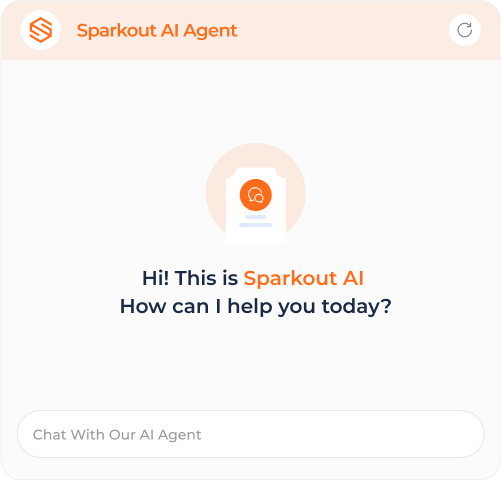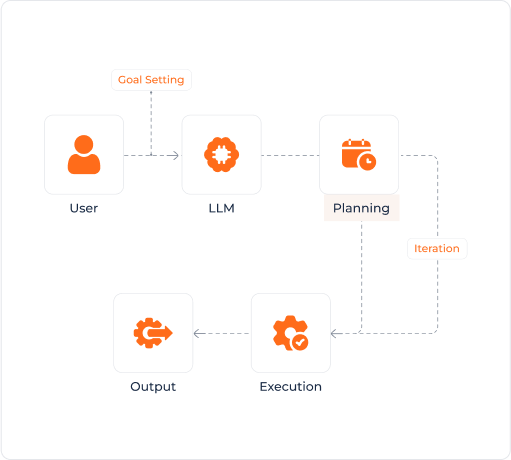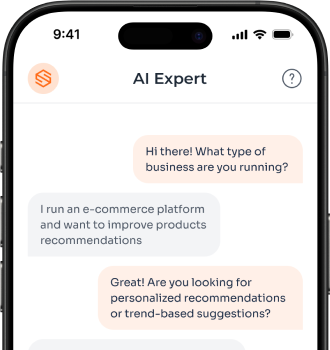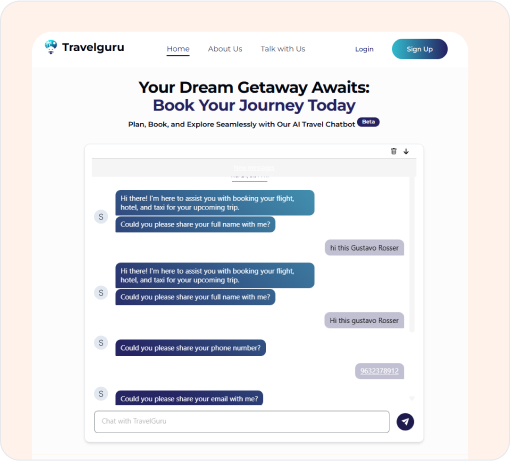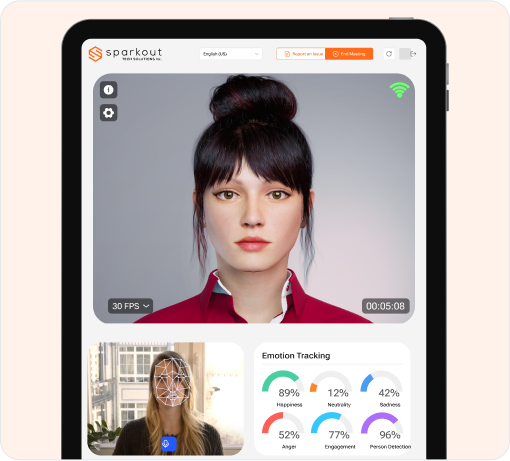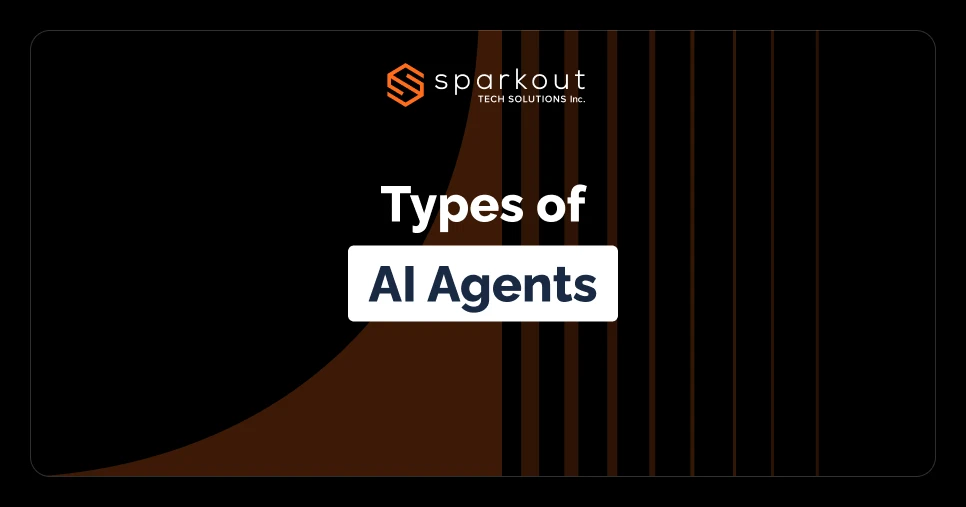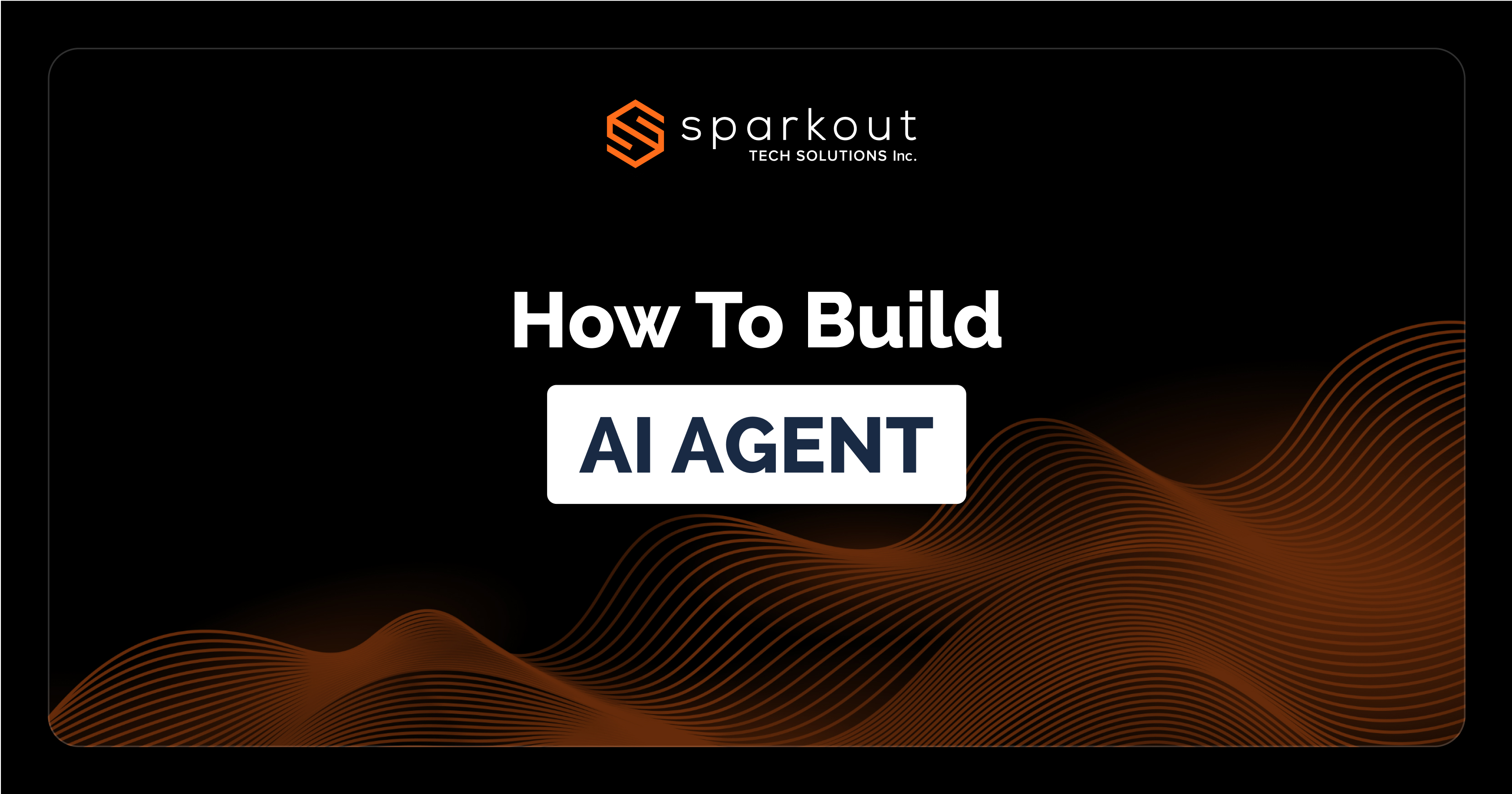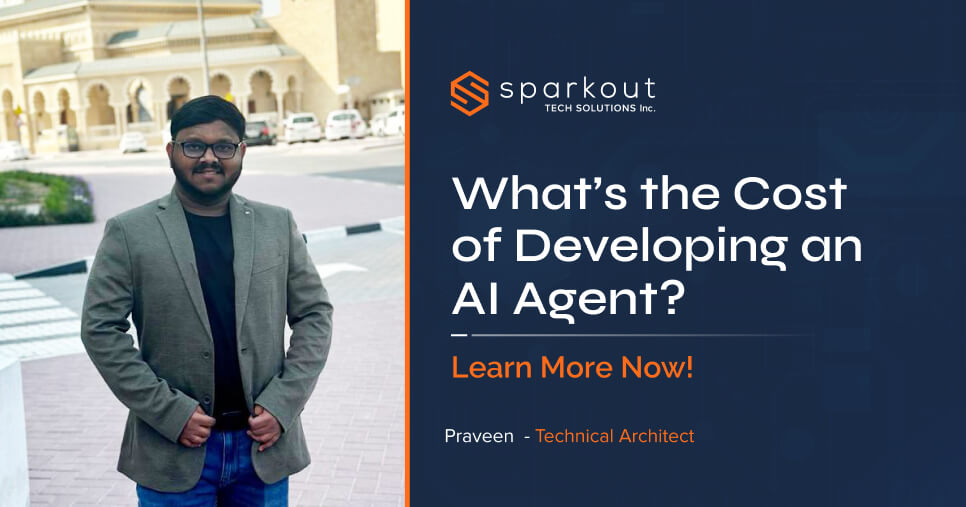Dedicated AI Development Team
Work with a team fully dedicated to your AI agent projects, offering end-to-end support. They become a part of your process, helping you build, improve, and scale faster. It is ideal for businesses that need flexibility, dedicated attention, and scalable solutions.
Goal-Oriented Delivery Model
Best for AI agent projects with well-defined goals. We follow a step-by-step process with defined milestones and regular updates. This model offers flexibility, steady progress, and a smooth path from start to end without the pressure of fixed pricing.
Fixed Scope, Clear Cost
Best for AI agent projects with defined goals and timelines. We define the work upfront, agree on the budget, and deliver exactly what’s planned, ensuring smooth execution with complete clarity from start to finish.
AI Strategy & Co-Build Model
Ideal for businesses with early stages of AI agent adoption. We work closely with your team to explore ideas, shape strategies, and rapidly build working prototypes. This model turns concept into solution with clarity and confidence.
